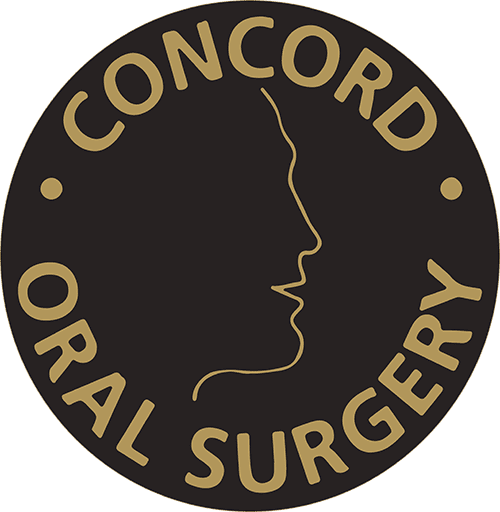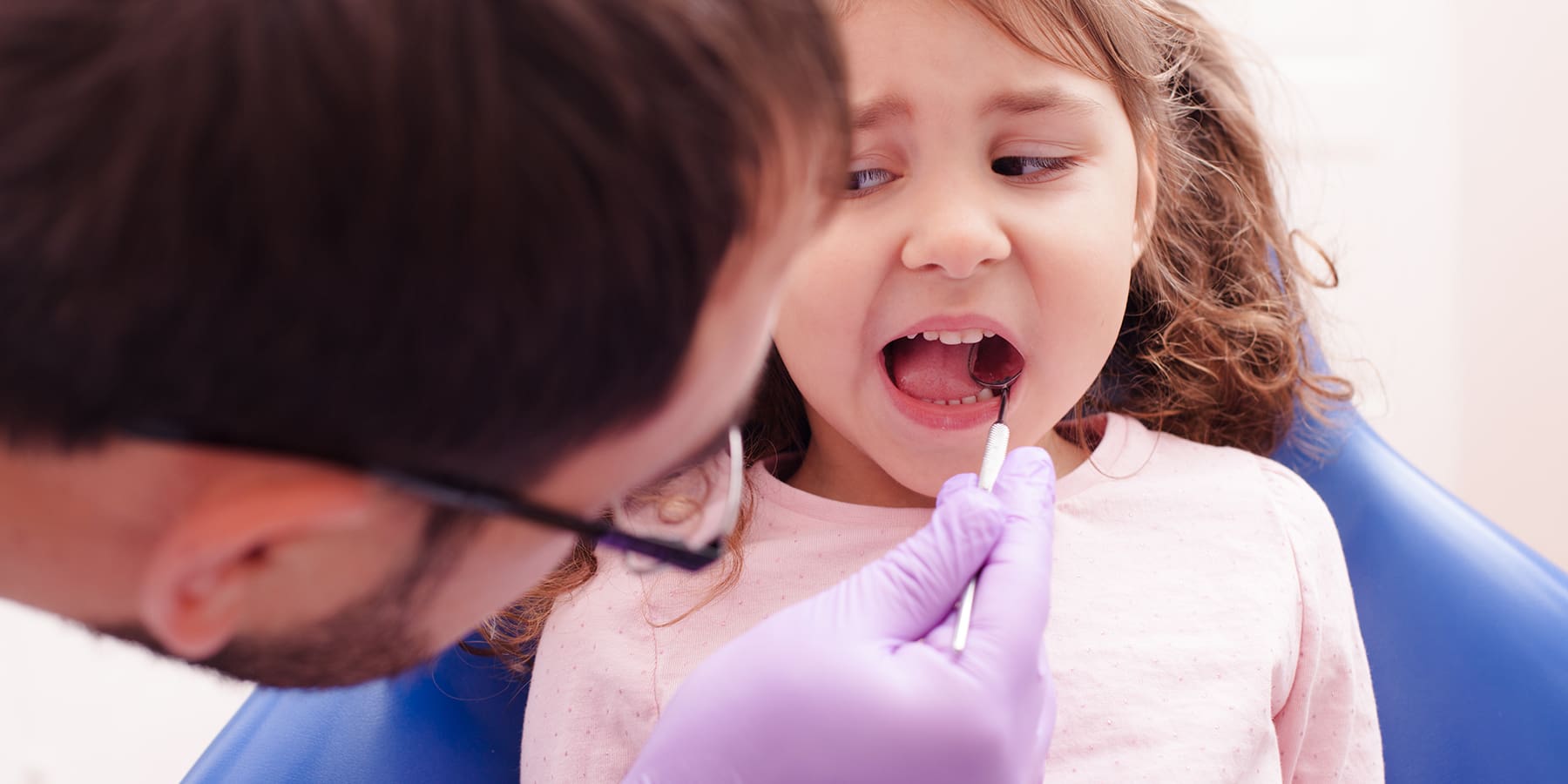Reviewed By Dr. Robert Barron, DMD
Reading Time: 4 minutes
Not all impacted canine teeth require surgery, but whether they do often depends on timing, imaging, and how the tooth is positioned within the jaw. Some can be guided into place with orthodontic care alone, while others may need a minor procedure to help them erupt.
If you or your child has been told a canine tooth isn’t coming in properly, this article explains why that happens, how impacted teeth are diagnosed, and what treatment options may be recommended
Table of Contents
Key Takeaway
The need for surgery depends on how early the impacted canine is detected and where it’s positioned. In some cases, braces alone can guide the tooth into place. In others, a minor procedure may be needed to help it erupt. Either way, timely care gives you the best chance at preserving a healthy, natural smile.
What to Do If You Have an Impacted Canine Tooth
Impacted canine teeth—also known as eye teeth or maxillary cuspids—are teeth that do not erupt into their proper position in the dental arch. These strong biting teeth are essential for:
- Tearing and gripping food
- Guiding your bite into proper alignment
- Supporting the lips and facial structure
Upper canines, or maxillary canine teeth, are the second most commonly impacted human teeth after wisdom teeth. They can become impacted due to over-retained baby teeth, supernumerary teeth (extra teeth), or a blocked eruption path.
How Impacted Canines Are Evaluated and Treated
If you or your child has a canine tooth that is not erupting as expected, the first step is to see your general dentist. They will examine the area for signs like retained baby teeth, gaps, or unusual growths. From there, imaging such as a panoramic X-ray or CBCT scan is typically recommended to determine the exact position of the hidden tooth.
In many cases, your dentist will coordinate with an orthodontist to create space in the dental arch. If the tooth is unlikely to erupt on its own, you may be referred to an oral surgeon to explore surgical options that can help guide the tooth into position.
Timeline for Treating an Impacted Canine Tooth
Early detection is key. Around ages 10 to 13, routine dental visits or orthodontic assessments may reveal a blocked or delayed canine. At this stage, baby teeth might be removed, and braces or spacers can be placed to create room for the adult tooth.
Between ages 13 and 16, your orthodontist and oral surgeon will work together to plan treatment. If the tooth is deeply embedded, minor surgery can be performed to expose it and attach a small bracket or gold chain.
Over the next several months, orthodontic traction gradually moves the tooth into alignment. Once the canine is in place, your orthodontist will fine-tune the bite and likely recommend a retainer to hold the results.
Learn more about an oral surgeon’s role in treatment, read Treatment For Impacted Canines.
When Surgery May Not Be Needed
Not every impacted canine requires oral surgery. An alternate treatment may be recommended depending on the condition of the impacted tooth.
Surgery is usually not required when:
- There is early detection and spacing through orthodontic treatment
- The tooth is close to erupting on its own using natural forces
- The impacted tooth is not causing structural damage to other tooth structures
Surgery is recommended when:
- The tooth is fully trapped in bone or gum tissue
- Trauma has complicated the eruption path
- The canine grows at an angle or damages bicuspid teeth
- The impacted tooth affects adjacent teeth or forms a cyst
Services We Offer for Impacted Canines
At Concord Oral Surgery, we provide:
- Diagnostic Imaging (CBCT and panoramic X-ray)
- Surgical exposure of impacted teeth
- Sedation options for a comfortable experience
- Coordination with your orthodontist
Book a Consultation With an Oral Surgeon
Impacted canine teeth are easier to manage when caught early. Whether treatment involves orthodontic support, surgical exposure, or simply monitoring the tooth over time, the first step is a thorough evaluation. Concord Oral Surgery serves patients in Vaughan and the surrounding communities with expert care and advanced diagnostic tools.
To book an appointment at our oral surgery office in Vaughan, ON, call (905) 669-2616. We are located at 3300 Highway 7 West, Suite 805 Vaughan, ON.
FAQs About Impacted Canine Teeth
What age should canine teeth come in?
Canine teeth usually erupt between ages 11 and 13. Delay beyond this range may suggest a hidden tooth or blocked eruption path.
Can impacted canine teeth fix themselves?
Sometimes, especially in younger patients with proper spacing. However, if blocked by bone, extra teeth, or gum tissue, surgical exposure is usually required.
How long does it take to bring an impacted canine down?
It may take 6–12 months of slow process traction depending on tooth position and root formation.
Is impacted canine surgery painful?
This minor surgery is typically not painful during the procedure. Post-operative pain is mild and controlled with medication and home care.
What happens if you do not treat an impacted canine?
It can damage nearby tooth structures, increase risk of infection, or create misalignment in permanent teeth. Timely, proper treatment prevents complications.

